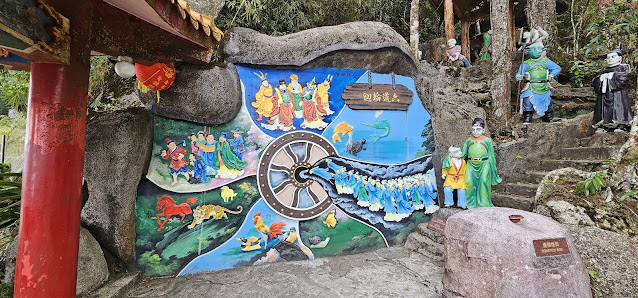Hey bloggy buddies,
Just when I thought my butt had finished its revenge tour, my gut decided to launch a solo career. 🎷💨
It’s been 12 days since my HAL/laser procedure, and while I’m finally able to sit for more than five minutes without wincing, my digestive system has taken this recovery period as an opportunity to showcase its full musical range. We’re talking gas, bloating, and spontaneous abdominal jazz. The kind that sneaks up on you mid-sentence and makes you question your life choices.
The culprit? A stool softener (doctor’s orders—14 days, no skipping), teamed up with anti-biotics, oats and bananas. Individually innocent. Together? A wind ensemble. I’m basically a walking whoopee cushion.
Recovery itself has been... slow but steady. I’m still avoiding long sits, still lurking horizontally, and still very much looking forward to catching up on your posts—especially the weird, the ranty, and the laugh-out-loud ones. I need the distraction, and frankly, I miss your voices.
So if you hear distant rumblings and think it’s thunder, it might just be me, trying to write this from a semi-upright position while my intestines rehearse for their next gig.
Thanks for sticking around. I’ll be back with more updates soon—hopefully less musical, more mobile.
Still lurking (but now with background noise),
Veronica
Comments off, have a nice day!






.jpg)




.jpg)
.jpg)




































